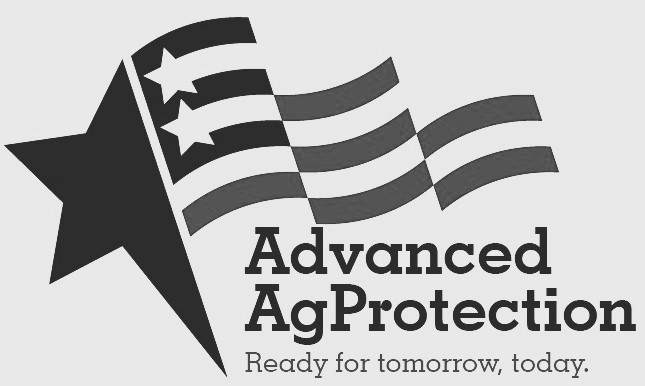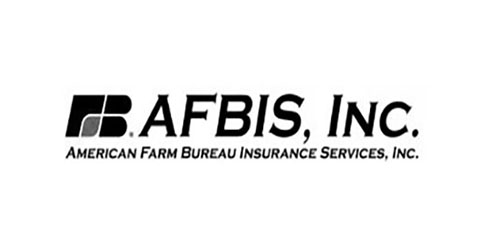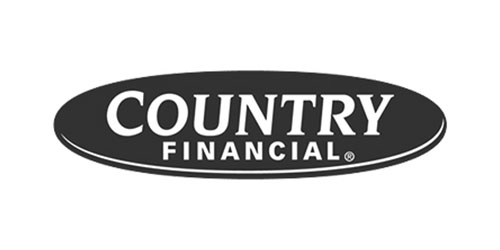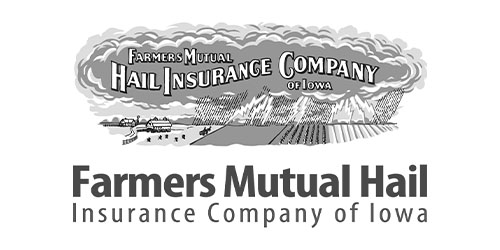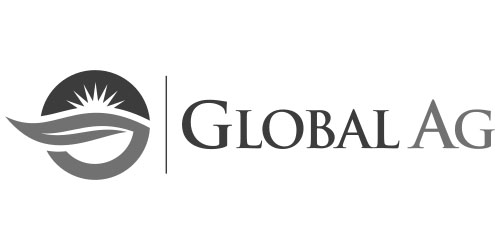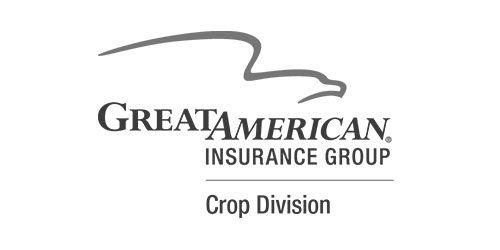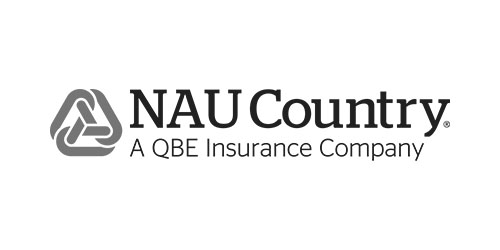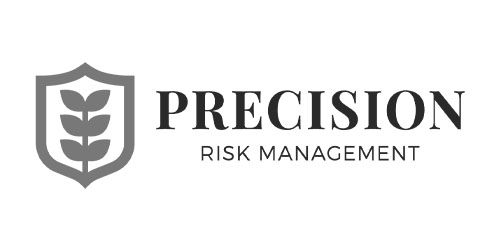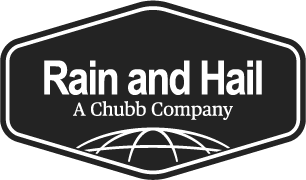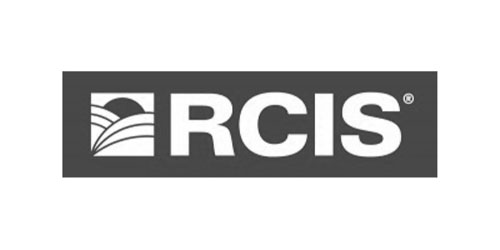Just the Facts
Lorem Ipsum
The crop insurance program is now the centerpiece of the U.S. agriculture safety net.
Below are some of the most common questions about crop insurance, which farmers have called their most important risk management tool. The answers to each, including useful links to additional information, are just a click away. If you still cannot find what you are looking for, please contact Laurie Langstraat.
- What is crop insurance?
- Is crop insurance like other forms of insurance?
- Who benefits from crop insurance?
- Who shoulders the risk in crop insurance?
- Why is private sector delivery of crop insurance important?
- How and why does the government encourage crop insurance participation?
- What steps do crop insurers take to ensure taxpayer dollars are efficiently used?
- What is the Standard Reinsurance Agreement (SRA)?
- What are Administrative & Operating (A&O) payments?
- Who are Approved Insurance Providers?
- What is Revenue Protection and why is it an important policy to offer farmers?
- How has Farm Policy evolved over the decades?
- How did crop insurance perform during the historic 2012 drought?
- How did the 2018 Farm Bill affect crop insurance?
- What is National Crop Insurance Services?
- What other national trade associations represent the crop insurance industry?

